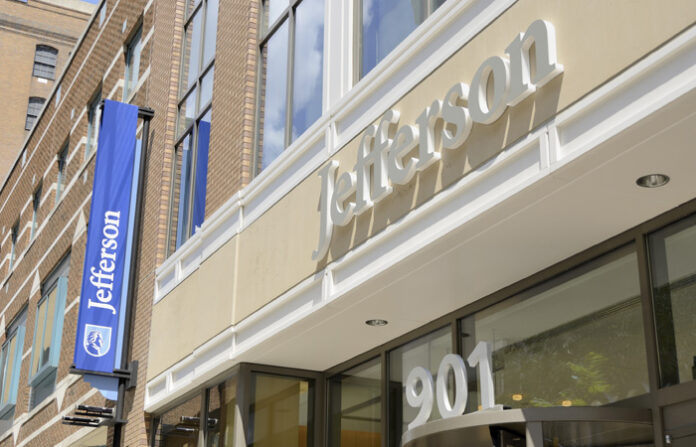Thomas Jefferson University Hospitals (commonly referred to as Jefferson Health) is a highly respected academic and healthcare system in the Philadelphia area that recently got a whole lot bigger. Within the last five years, it’s acquired three other local healthcare systems and is in the process of acquiring another. It’s also absorbed a local university (Philadelphia University, once known as the Philadelphia College of Textiles & Science). All told, Jefferson Health now has more than 30,000 employees and is the second-largest employer in Philadelphia.
“We’re one of the fastest growing academic health systems in the country,” says Jeffrey Stevens, Jefferson Health’s chief HR officer.
Stevens is playing a vital role in forging a common culture out of the disparate systems. One of the important tools in his toolkit is MyJeffHub, a portal that’s designed to make it easier for employees to collaborate, find out information and connect with one another across the vast new entity.
“Our strategy is to integrate and connect people to build a common culture,” says Stevens.
With MyJeffHub, built on SAP SuccessFactors’ SAP Jam product, communities comprised of nurses, physicians and enterprise leaders have emerged. The portal offers a singular directory and access point for employees from across the sprawling new organization, with the organizing principle of “connect, learn, grow,” he says.
“These are former competitors who now are coming together,” says Stevens, referring to the once-rival health systems. “We created a single learning system where before there were eight.”
The system is already in heavy use by Jefferson Health employees. Stevens used the organization’s open enrollment period to help introduce employees to MyJeffHub, with more than 30,000 of them logging in. Since then, the system is averaging more than 15,000 unique visitors per month.
“Adoption has been phenomenal,” he says.
About 30 clinical units within the health system have their own local communities on the portal, says Stevens. “The way they’re using it for business is fantastic,” he says.
The local teams can share schedules, request coverage for shifts, and push out educational offerings and meeting notifications. Individual members can also recognize each other via the platform.
“I couldn’t be more pleased,” says Stevens. “We’re a geographically spread-out organization but, at the end of the day, we want to ensure we’re all speaking the same language, abiding by the same standards and offering the same opportunities for people to be recognized.”
When asked what advice he’d offer other HR leaders, Stevens counsels against relying too much on consensus-building.
“A big organization can get bogged down trying to get everyone’s opinion, especially in HR, where everyone has a lot of ownership on their minds as to how things should happen,” he says.
Instead, Stevens and his team worked on designing the system and then rolling it out to individual teams first, rather than an organization-wide deployment.
“These things tend to take hold sooner at the local level than sanction from the top down,” he says.



